Artisanal soap businesses have a lot of potential for growth, especially as there is increased demand for health, beauty, and wellness products. Making handmade soap can be a great business that you can launch with minimal supplies needed and great returns if you can create products customers love.
We’ll look at the best places to purchase soap-making supplies for your business to help you run your soap-making business as best as possible.
The Soap Market in 2023
The artisan soap market has seen considerable growth. There are a wide array of bath products that customers are now seeking out, including cold process soap, custom bath bombs, bath salts, and bath oils. Many of these products use the same base ingredients, making it easy for soap businesses to grow their market and expand their customer base.
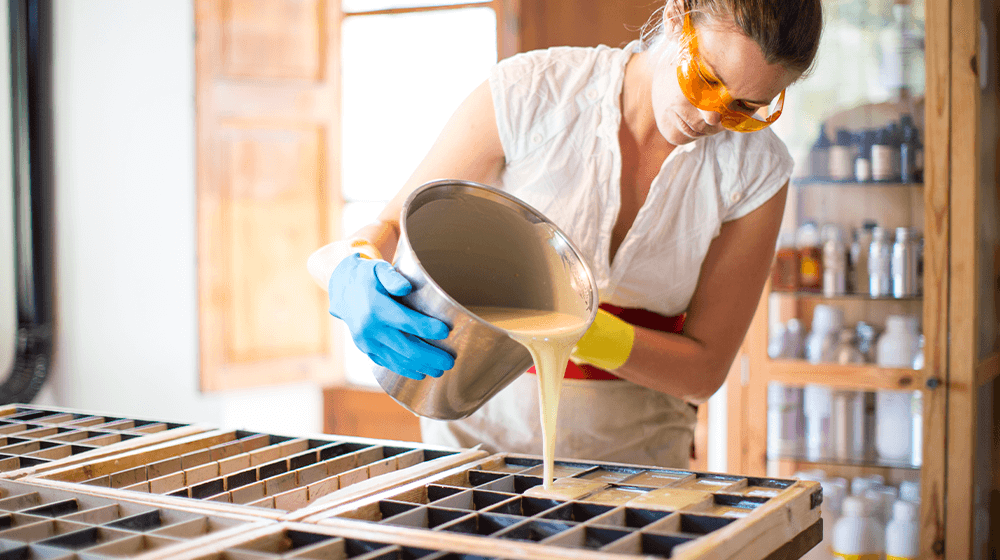
Top Places to Buy Soap-Making Supplies Online
You can purchase the best soap-making supplies for your business in many places. There are different types of soap-making suppliers; some offer niche supplies, while others offer a wide range of tools you can use for your business, with some offering wholesale pricing.
1. Amazon
Amazon is one of the best places for soap supplies if you’re just getting started. You can get items with fast shipping, compare options, and purchase smaller quantities of supplies before committing to a larger order. If you are interested in starting a soap-making business, Amazon is a good supplier to start with.
2. Etsy
Etsy has many types of suppliers as part of its marketplace, so there is plenty to choose from. If you’re developing new products and looking for more unique and exciting supplies, Etsy is an excellent place to start your search.
3. Bramble and Berry
Bramble and Berry have been consistently ranked positively for their high-quality stock and all the essential soap-making supplies. You’ll find essential oils, all the components needed for cold-process soap, melts and pours, and much more. If you’re looking to take soap making from a hobby to a business, shop at the Bramble and Berry store.
4. Nature’s Garden
Nature’s Garden Supplies has all the essential tools needed for soap making. In addition, you can find silicone molds, oils, melt-and-pour soap bases, and other products. Nature’s Garden can ship quickly, so it’s a great option if you want a consistent supplier. They also have cosmetic products to help you expand your business options.
5. Wholesale Supplies Plus
If you’re looking to create large quantities of soaps, you can use suppliers like Wholesale Supplies Plus to buy items in bulk. Their site has everything you need to make lovely soaps in bulk that are good for the skin and help you expand your batch size. Products available include soap bases in different weight options, scent oils,
6. Nurture Soap Suppliers
Nurture Soap Suppliers have a wide range of options if you’re looking to create amazing soap and bath products. You can find essential oils, fragrance oils, molds, bases, additives, lye, and crucial soap-making tools to help you create the best products possible.
See even more current deals on soap making supplies here.
Essential Soap Supplies
Many essential tools are needed to create soaps, including a soap base, fragrances, essential oils, and more. Your soaps should be gentle on the skin and have a fragrance or texture that customers love. We’ll explore some of the key supplies a soap maker should use.
Lye (Sodium Hydroxide or Potassium Hydroxide)
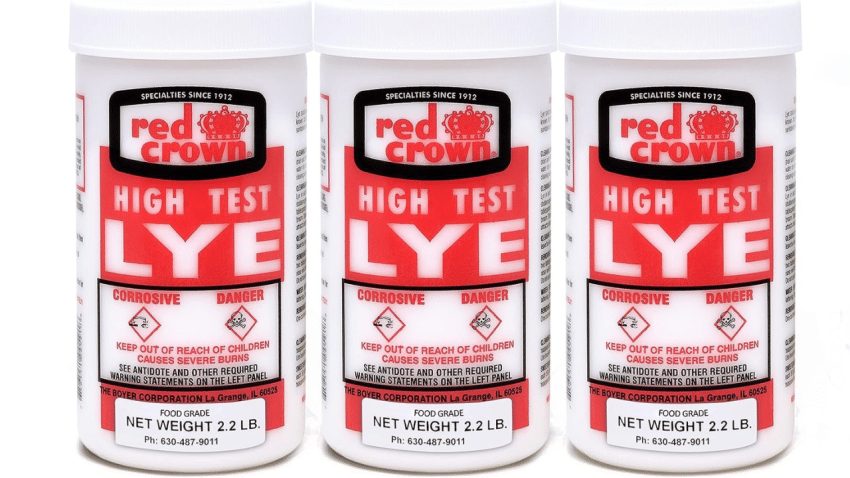
Lye is an essential ingredient for making true soap. Without lye, the saponification process, where fats and oils are converted into soap, cannot occur. Sodium hydroxide is used for making solid soaps, while potassium hydroxide is used for making liquid soaps. It’s important to handle lye with care, using gloves and goggles, as it is a caustic substance.
Olive Oil
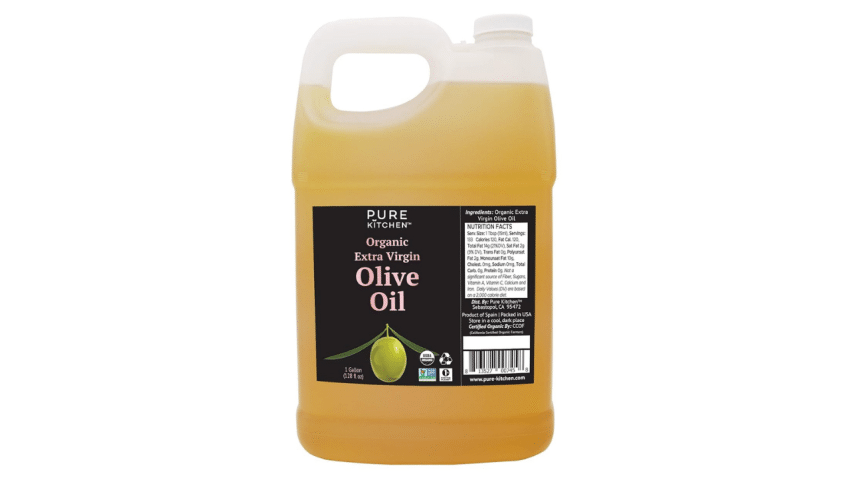
Olive oil is a popular choice in soap making because of its mildness and moisturizing properties. Soaps made with a high percentage of olive oil, known as Castile soaps, are exceptionally gentle, making them ideal for sensitive skin. Olive oil provides a creamy lather in soaps.
Coconut Oil
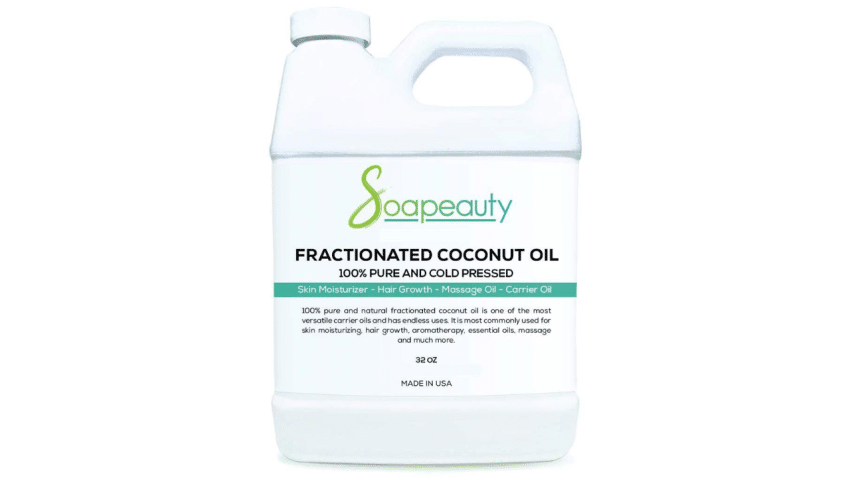
Coconut oil gives soap a rich lather and has excellent cleansing properties. However, soaps made with only coconut oil can be drying, so it’s often balanced with other oils. It also adds hardness to the bar.
Palm Oil
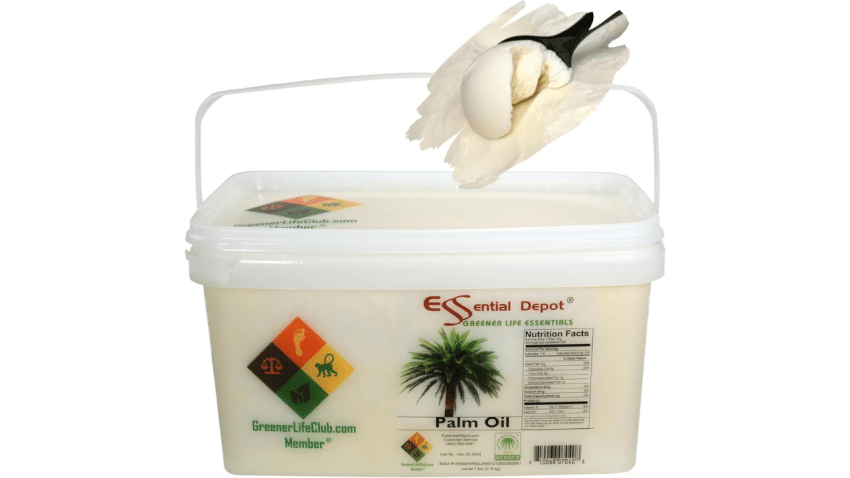
Palm oil is used to add hardness to soap bars and to increase their longevity. It also creates a creamy lather. There are environmental concerns with palm oil production, so it’s crucial to source sustainable and responsibly produced palm oil.
Shea Butter
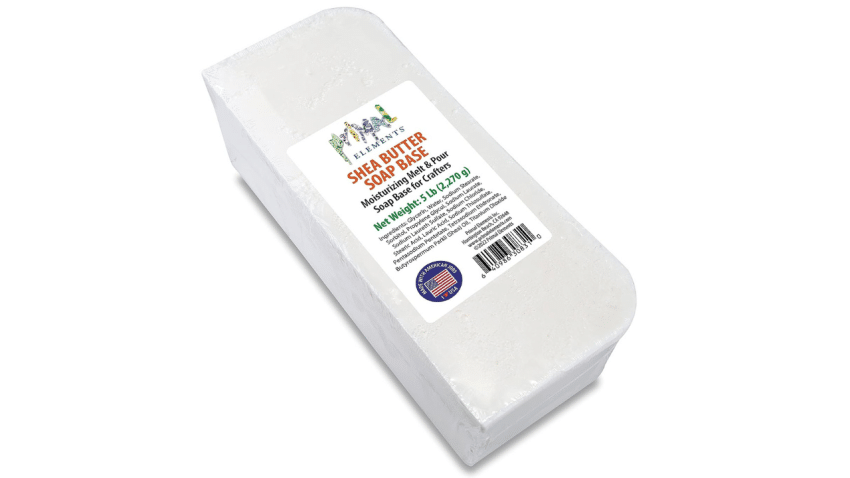
Shea butter is a luxurious ingredient often added to soaps for its moisturizing properties. It can help to soothe and nourish the skin, making it ideal for dry or sensitive skin types.
Cocoa Butter
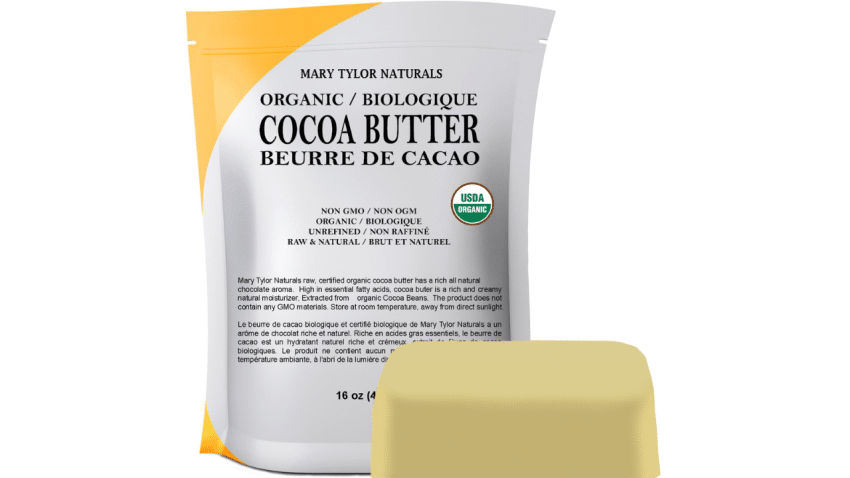
Similar to shea butter, cocoa butter adds hardness and moisturizing qualities to the soap. It has a pleasant natural scent and can provide a creamy and conditioning lather.
Castor Oil
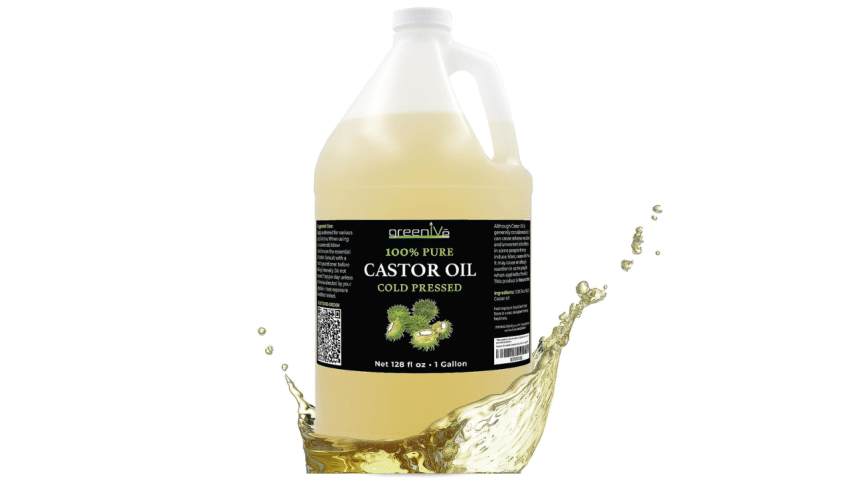
Castor oil boosts lather in soap when used in small amounts. It can make bubbles more stable and luxurious. It’s a sticky oil, so it’s typically used in moderation.
Avocado Oil
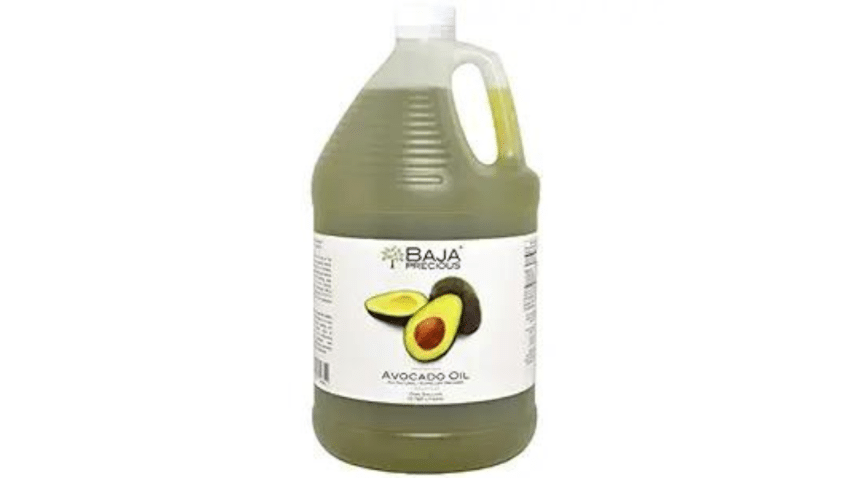
Avocado oil is rich in vitamins and nutrients. In soap, it provides moisturizing and conditioning properties, making it great for dry or mature skin.
Goat’s Milk
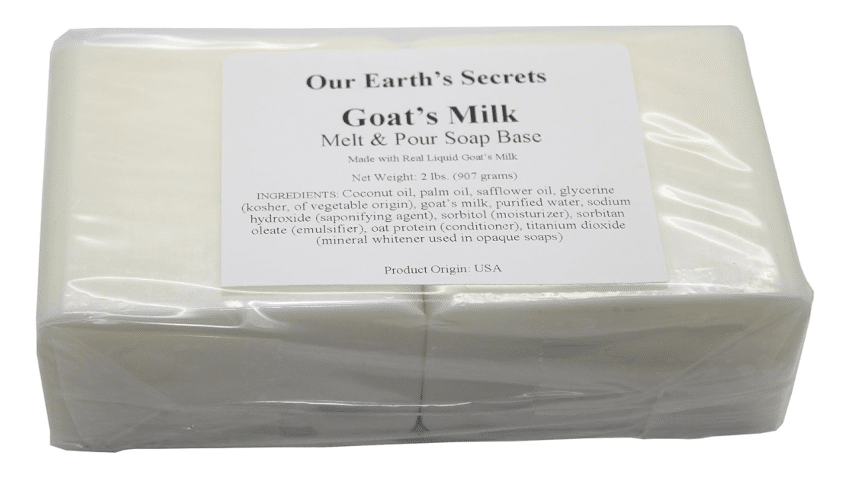
Goat’s milk adds creaminess to the soap and is known for its moisturizing and skin-nourishing properties. It contains natural fats and alpha hydroxy acids that can help exfoliate and soften the skin.
Honey
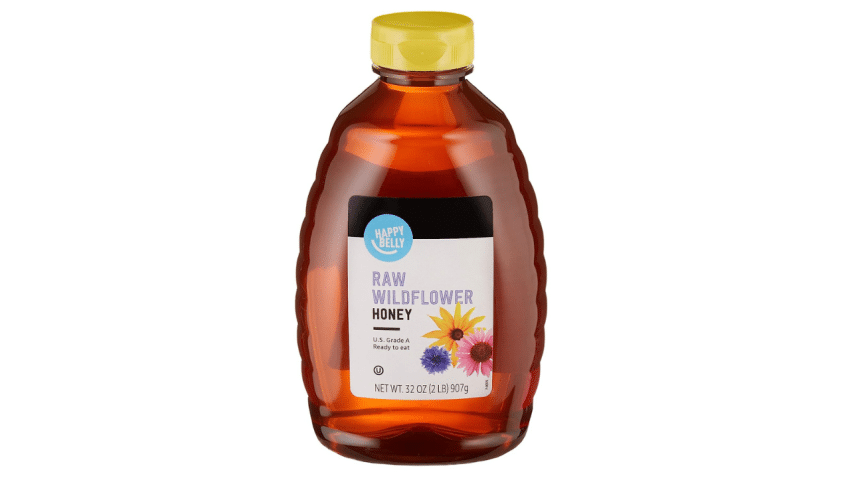
Honey is a natural humectant, meaning it attracts moisture. Adding honey to soap can help moisturize the skin. It also gives soap a golden hue and can add natural sugars, which boost lather.
Oats
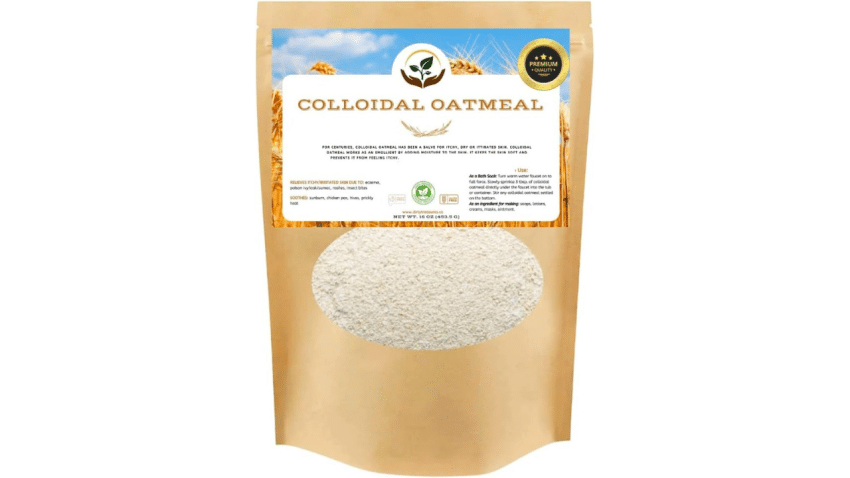
Ground oats or oatmeal can be added to soap for gentle exfoliation. They also provide soothing properties, which can be beneficial for itchy or irritated skin.
Essential Oils
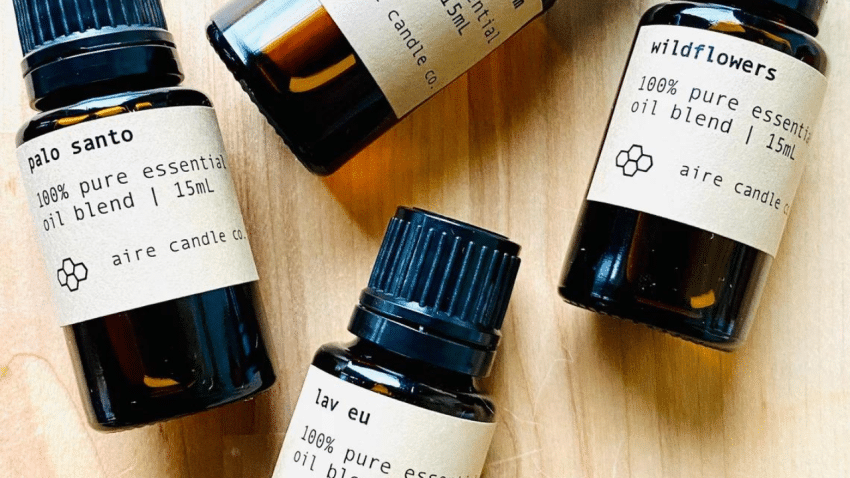
Essential oils are used to naturally scent soap. They come from plants and can have therapeutic properties, such as lavender for relaxation or tea tree for its antimicrobial action.
Micas and Natural Pigments
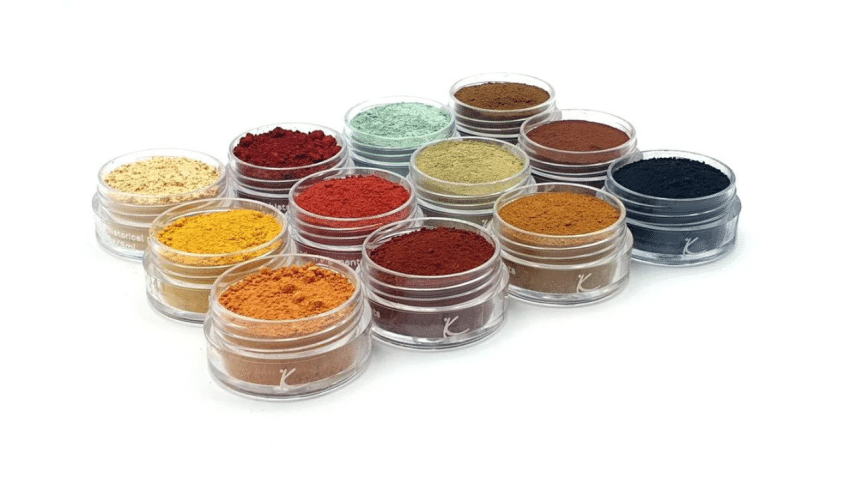
These are used to color soaps. While micas are mineral-based and can come in a variety of shimmering colors, natural pigments like turmeric or beetroot powder can be used for a more organic coloring approach.
Herbs and Botanicals
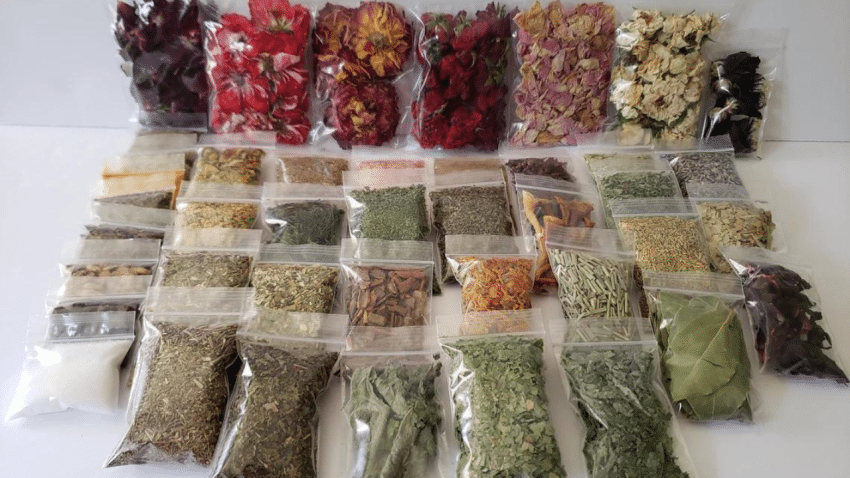
Dried flowers like lavender or calendula, as well as herbs like rosemary, can be added for visual appeal and potential skin benefits.
Activated Charcoal
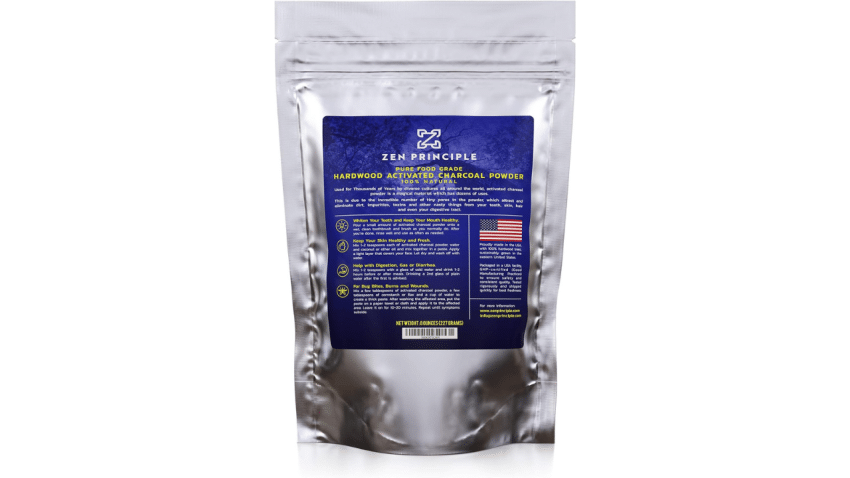
Activated charcoal can be added to soap for its detoxifying properties. It’s known to absorb impurities, making it popular in facial soaps.
Alcohol (like beer or wine)
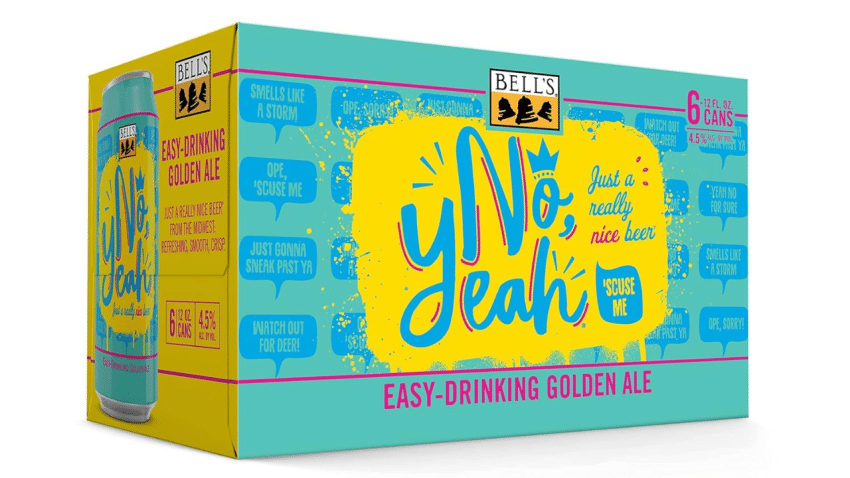
When used in moderation, alcohols like beer or wine can add unique qualities to soap, from the sugars boosting lather to the natural ingredients providing varying hues.
| Material | Primary Use | Type | Benefits and Notes |
|---|---|---|---|
| Lye | Saponification | Sodium Hydroxide (solid soap) or Potassium Hydroxide (liquid soap) | Essential for making soap; handle with care due to its caustic nature. |
| Olive Oil | Base Oil | Liquid Oil | Provides mildness, moisturization, and a creamy lather. Ideal for sensitive skin. |
| Coconut Oil | Base Oil | Solid Oil | Adds rich lather, cleansing properties, and bar hardness. Can be drying if used alone. |
| Palm Oil | Base Oil | Solid Oil | Adds hardness and creamy lather. Source sustainably due to environmental concerns. |
| Shea Butter | Butter/Additive | Solid Fat | Luxurious moisturizer, ideal for dry or sensitive skin. |
| Cocoa Butter | Butter/Additive | Solid Fat | Adds hardness and moisturization with a pleasant scent. |
| Castor Oil | Base Oil | Liquid Oil | Boosts lather and bubble stability. |
| Avocado Oil | Base Oil | Liquid Oil | Rich in vitamins, great for dry or mature skin. |
| Goat’s Milk | Liquid Additive | Liquid | Adds creaminess and known for skin-nourishing properties. |
| Honey | Additive | Liquid/Semi-solid | Natural humectant; gives a golden hue and boosts lather. |
| Oats | Exfoliant/Additive | Solid | Provides gentle exfoliation and soothing properties. |
| Essential Oils | Scent | Liquid Oil | Natural scent with potential therapeutic properties. |
| Micas & Natural Pigments | Color | Powder | Micas for shimmering colors; natural pigments for organic coloring. |
| Herbs & Botanicals | Additive/Visual Appeal | Dried | Adds visual appeal with potential skin benefits. |
| Activated Charcoal | Additive | Powder | Known for detoxifying properties, popular in facial soaps. |
| Alcohol (beer, wine, etc.) | Liquid Additive/Special Ingredient | Liquid | Adds unique qualities, such as boosted lather or color variations. |
Soap-Making Tools for Business
As a skin care product, soaps are always in demand. There are many tools you can use to create larger batches of soap at a time and keep your quality consistent. There are many soap ingredients you need to be cautious around, such as lye, so having tools in place can help you create a better process for soap creation.
Soap Molds
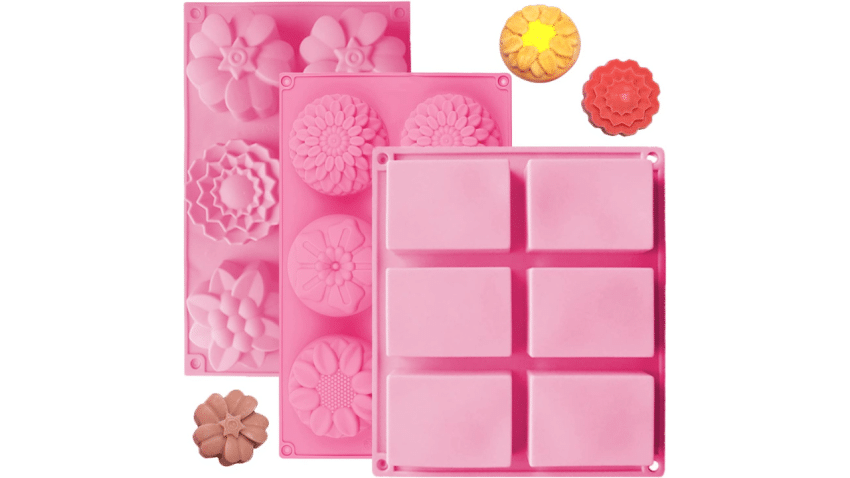
Soap molds are used to shape and contain the soap mixture as it hardens. They come in various sizes, shapes, and materials, such as silicone, plastic, and wood. The choice of mold will influence the final appearance of the soap bars.
Digital Scale
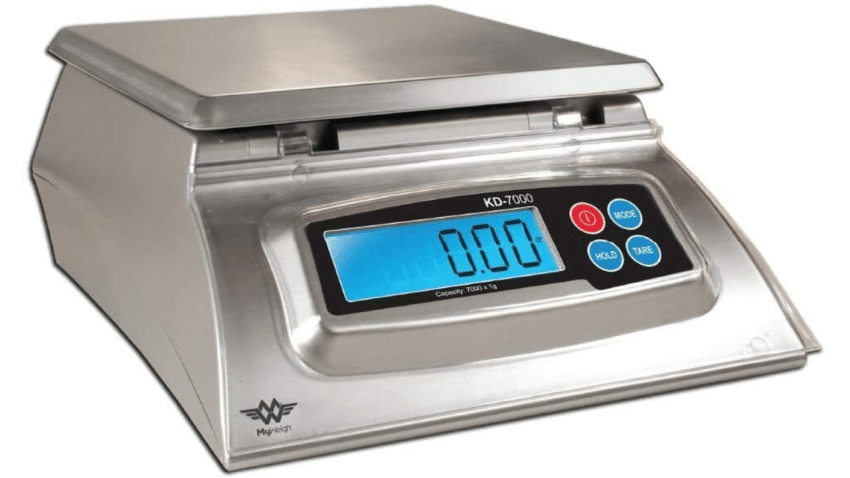
Precision is essential in soap making, especially when measuring lye and oils. A digital scale ensures that ingredients are weighed accurately, helping achieve consistent results and ensuring safety.
Thermometer
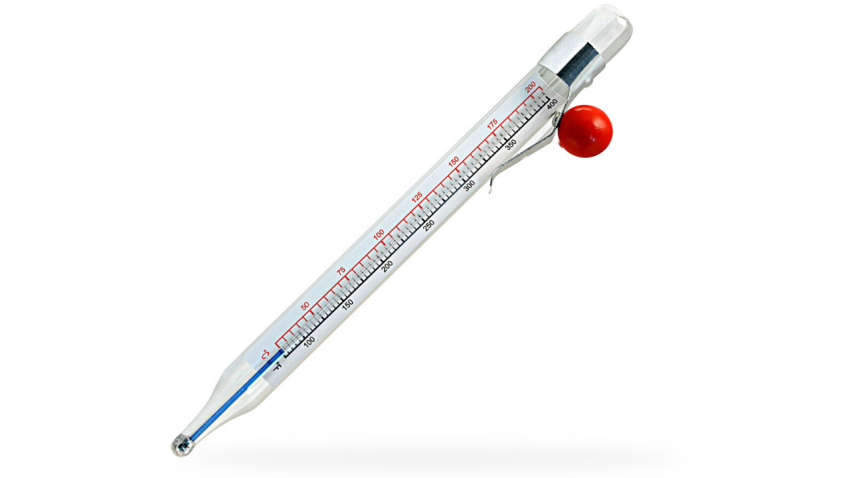
Monitoring the temperature of oils and lye solution is crucial in certain soap-making methods. A thermometer ensures that ingredients are combined at the right temperatures to ensure proper saponification and texture.
Stick Blender (Immersion Blender)
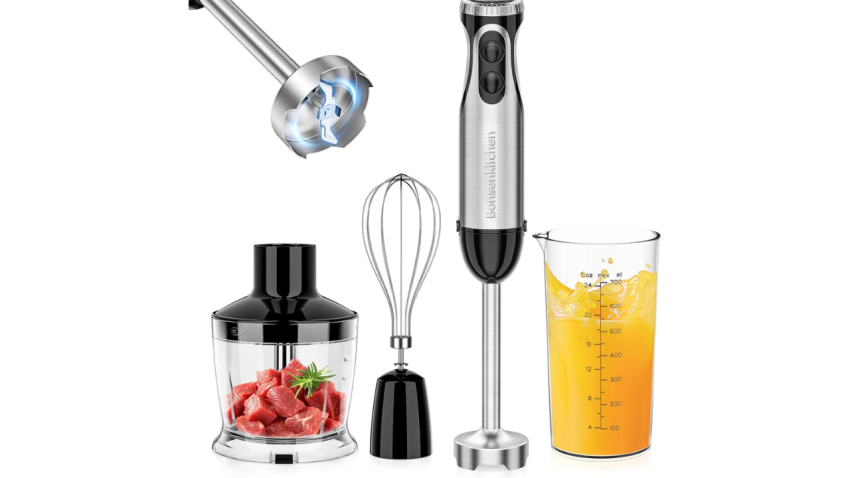
A stick blender helps to quickly bring the soap mixture to “trace,” the stage where the oils and lye solution have emulsified and thickened. This tool significantly speeds up the mixing process compared to stirring by hand.
Stainless Steel or Plastic Mixing Bowls
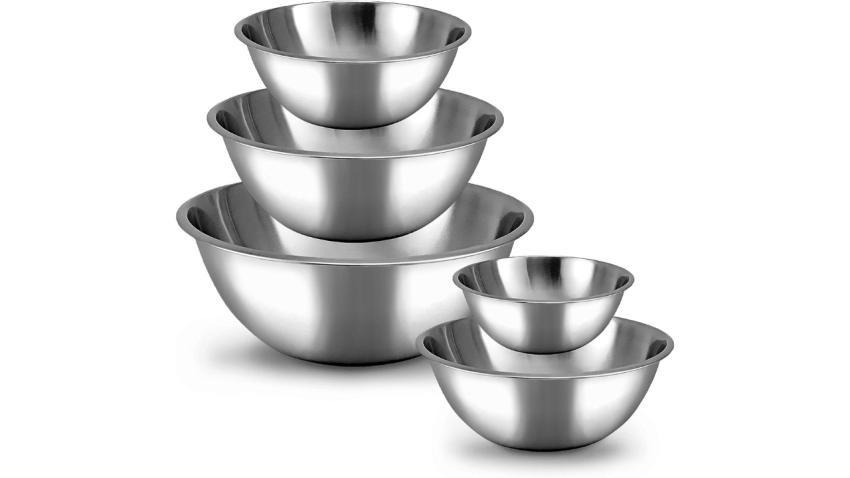
These bowls are used to mix and hold ingredients. Stainless steel is preferred as it doesn’t react with lye. Avoid using aluminum, as it can react with lye and spoil the soap.
Heat-Resistant Containers
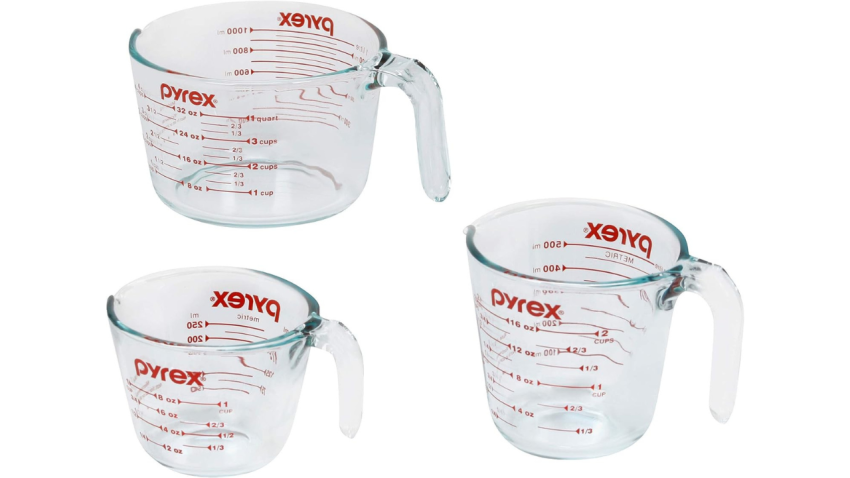
When mixing lye with water or other liquids, an exothermic reaction occurs, producing heat. A heat-resistant container, like a Pyrex measuring cup, is essential to ensure safety.
Safety Gloves
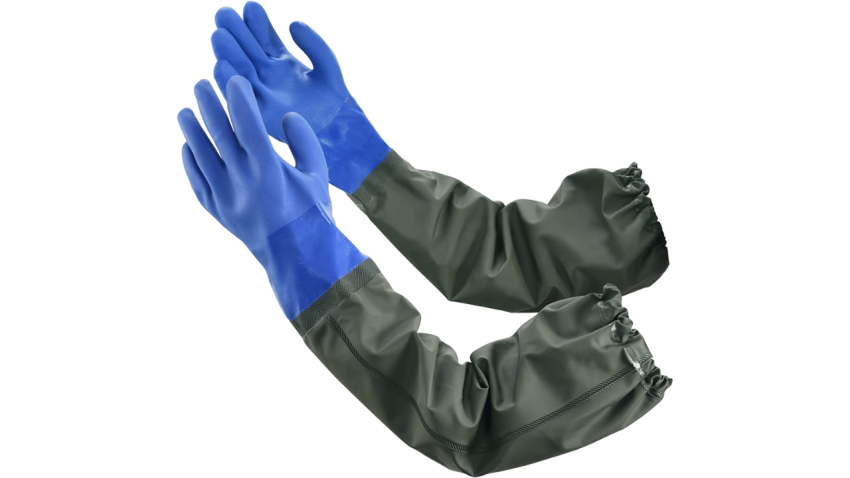
Lye is caustic and can cause burns or injuries. Wearing gloves protects the hands while you work, just in case any materials come into contact with your skin.
Face Mask
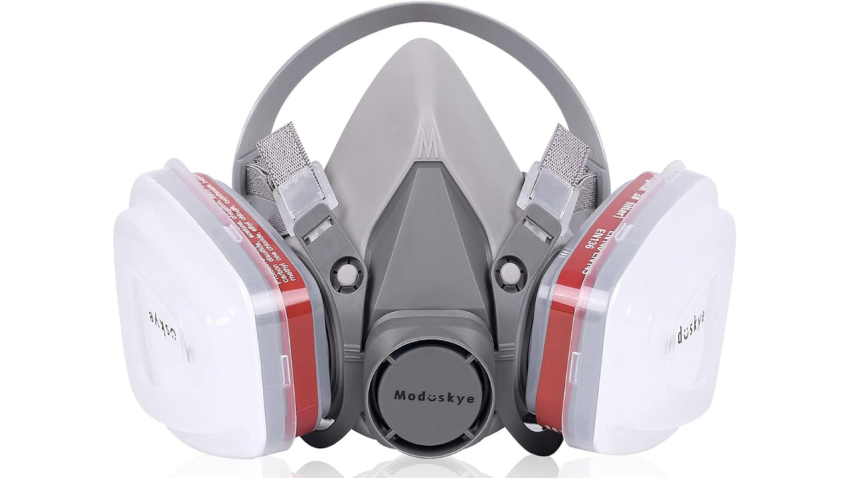
A simple painter’s or contractor’s face mask or respirator mask can protect your respiratory system from breathing in fumes while you work with chemicals and scents.
Safety Goggles
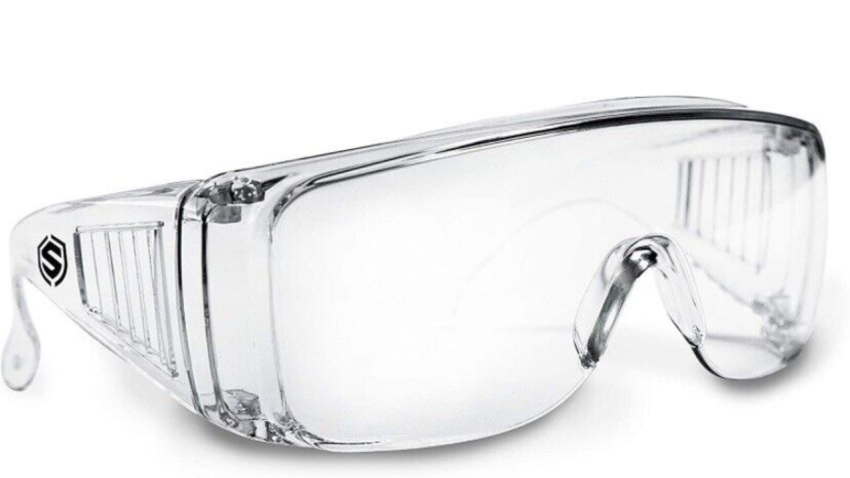
Additionally, safety goggles are crucial to prevent any accidental splashes from reaching the eyes.
pH Test Strips
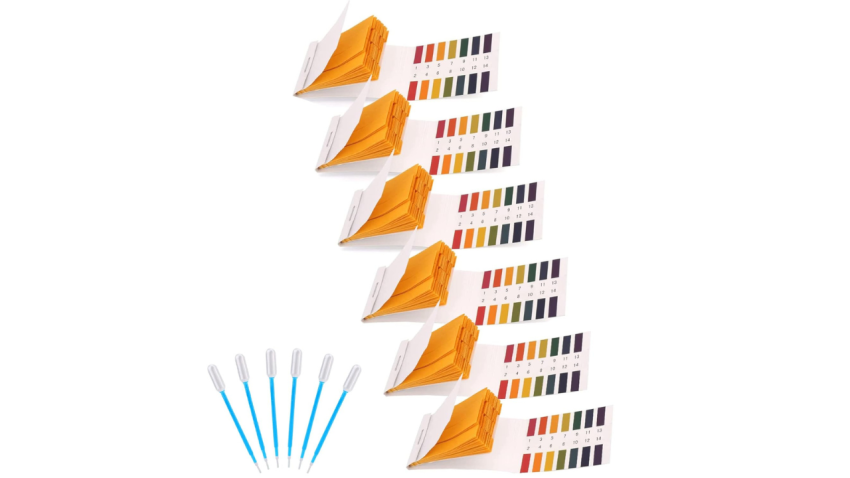
These are used to test the pH level of the finished soap to ensure it’s safe for skin use. Properly made and cured soap should typically have a pH between 8-10.
Rubbing Alcohol in a Spray Bottle
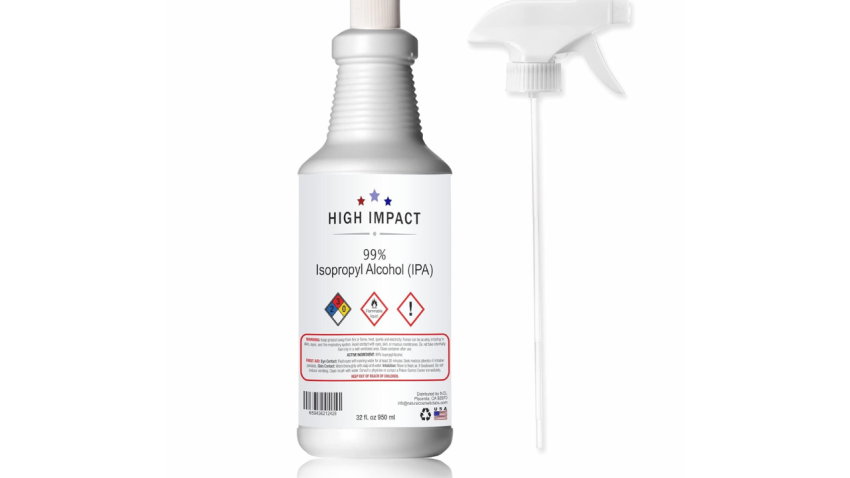
Spraying the top of freshly poured soap with rubbing alcohol can help prevent soda ash, a white powdery substance, from forming on the surface of the soap.
Soap Cutter
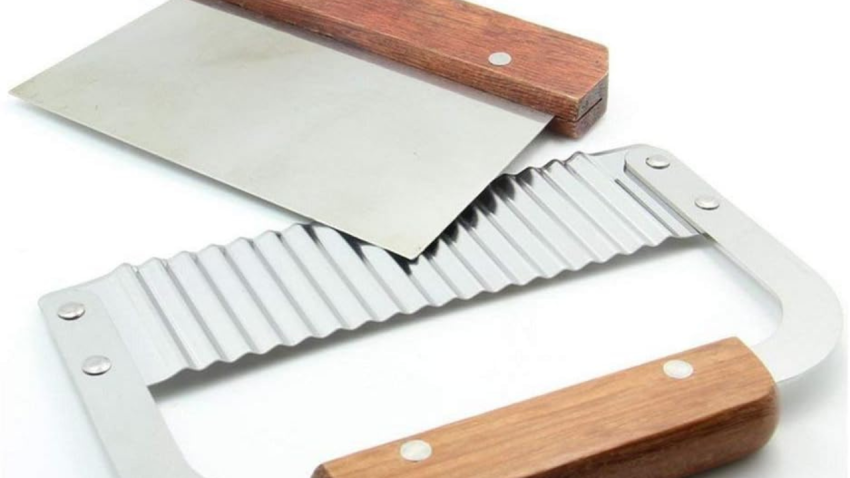
Once soap has hardened, it needs to be cut into bars. While a regular knife can work, a soap cutter ensures even and clean cuts. Some cutters are adjustable and allow for different bar sizes.
Spatulas and Stainless Steel Spoons
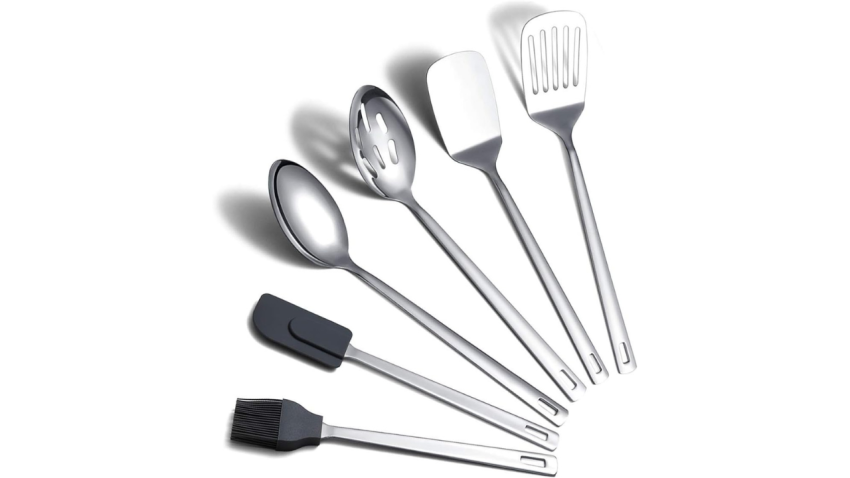
Spoons and spatulas are essential for mixing and transferring the soap mixture. Again, stainless steel is preferred due to its non-reactive nature with lye.
Loaf Divider or Multi-Bar Cutter
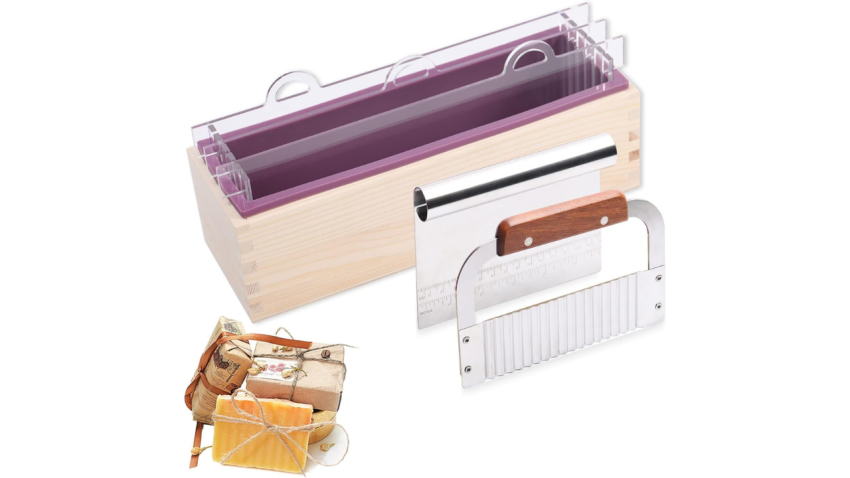
For soap makers who produce large batches, a loaf divider or multi-bar cutter can streamline the cutting process, ensuring uniform bars in one swift motion.
Lye Solution Containers
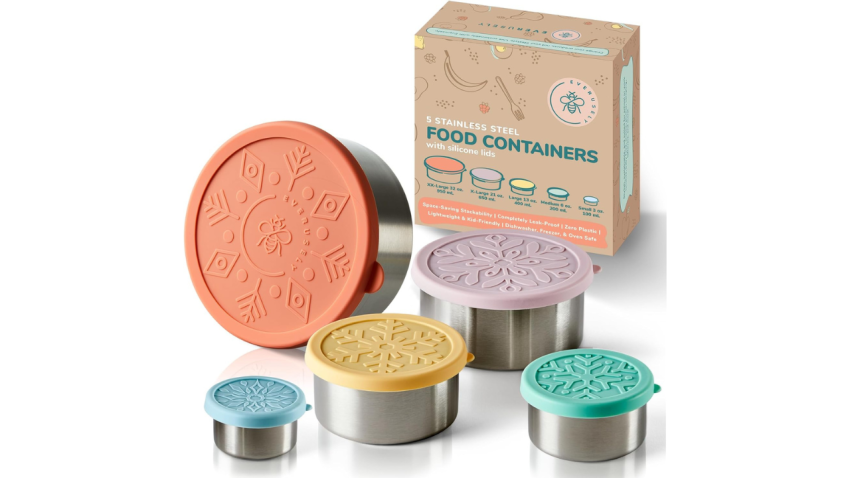
These are specific containers used exclusively for mixing and holding lye solution. It’s essential to label these clearly to avoid cross-contamination with kitchenware.
Grater
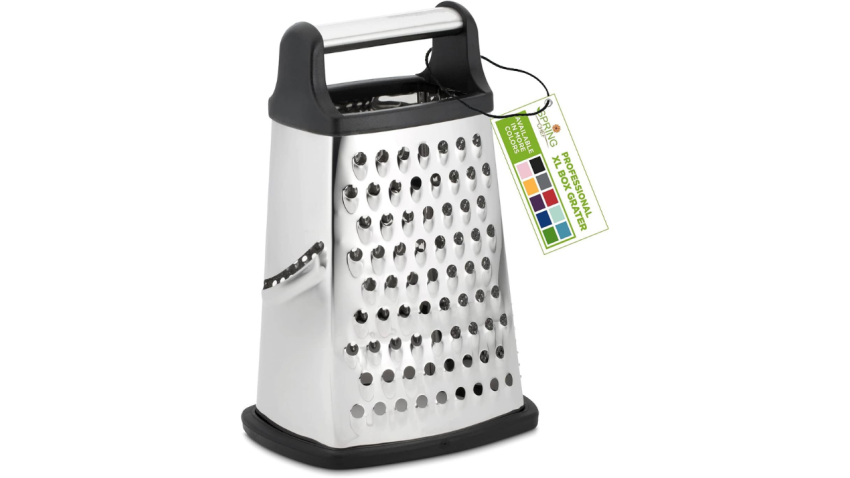
A grater can be useful for rebatching or hand-milling soap, where previously made soap is grated, melted, and then remolded.
Double Boiler or Slow Cooker
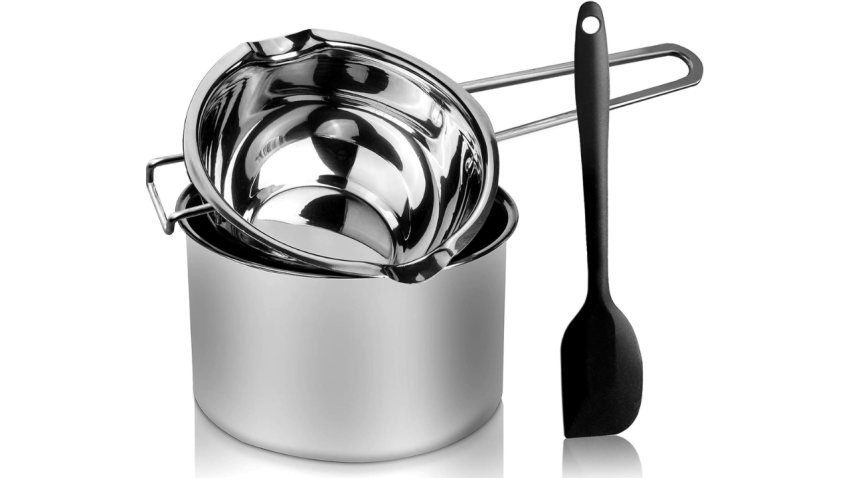
Double boilers are particularly useful for the hot process soap-making method. The heat facilitates the saponification process, allowing the soap to be ready for use sooner compared to the cold process method.
Parchment Paper or Freezer Paper
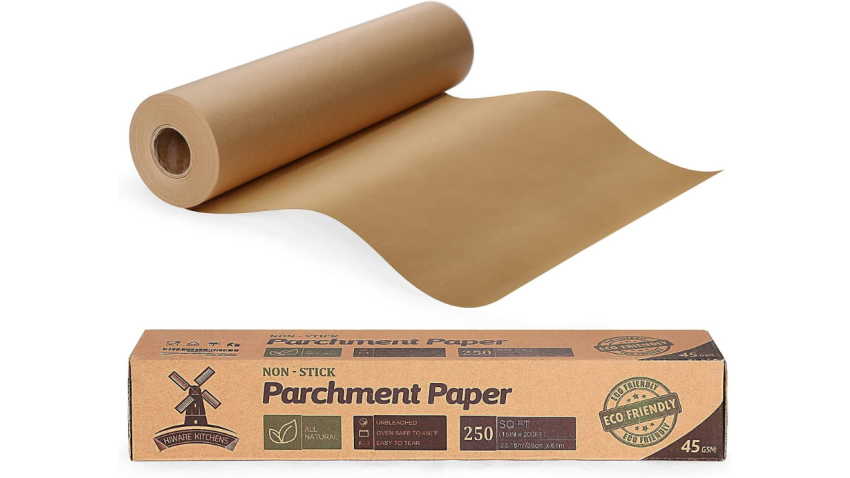
Parchment paper is often used to line wooden or some plastic molds, ensuring easy removal of the hardened soap.
Towels or Insulating Blankets
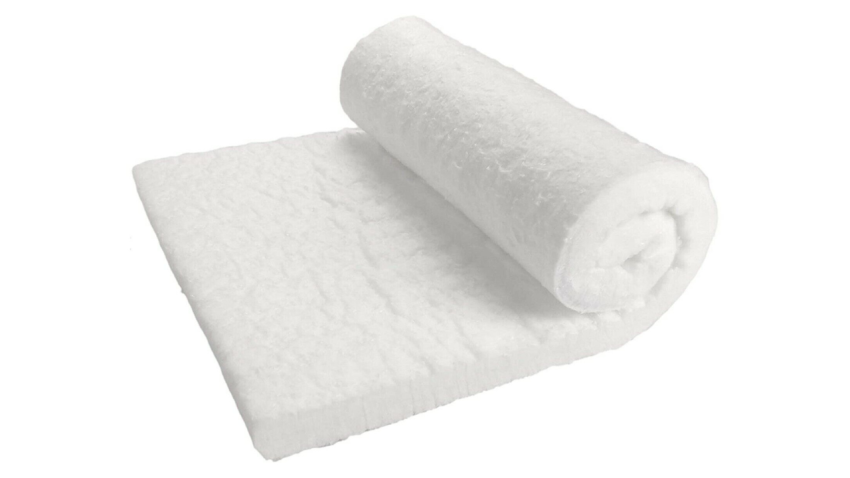
After pouring the soap into molds in the cold process method, it’s often insulated with towels or blankets to maintain heat, ensuring a full gel phase.
Lye Calculator
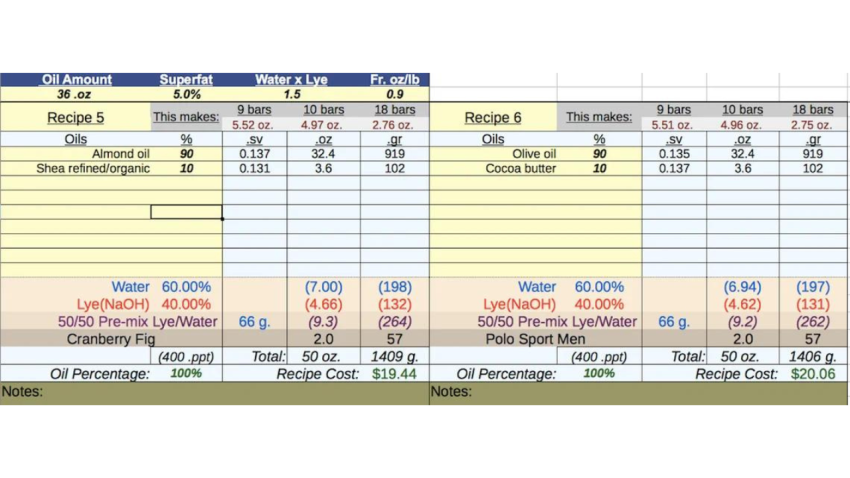
Get the right formula to ensure you produce a consistent batch every time. Using a lye calculator ensures that you are using the right percentage of superfast and liquid each time. It’s an incredibly useful tool if you’re looking to expand your product offering.
| Tool | Primary Use | Features and Notes |
|---|---|---|
| Soap Molds | Shaping the soap. | Comes in various materials (silicone, wood, plastic) and influences final soap appearance. |
| Digital Scale | Weighing ingredients. | Ensures precision, especially vital for lye and oils. |
| Thermometer | Monitoring temperature. | Crucial for saponification; ensures right temperatures for oils and lye. |
| Stick Blender | Mixing ingredients. | Speeds up the process to reach “trace”. |
| Mixing Bowls | Holding and mixing ingredients. | Stainless steel is preferred due to its non-reactivity with lye. |
| Heat-Resistant Containers | Holding hot mixtures. | Needed due to exothermic reactions, especially with lye. |
| Safety Gloves | Protecting hands from materials. | Essential when handling caustic substances like lye. |
| Face Mask | Protecting respiratory system. | Helps avoid inhaling fumes from chemicals and scents. |
| Safety Goggles | Protecting eyes. | Prevents accidental splashes, especially from lye solution. |
| pH Test Strips | Testing soap pH. | Ensures soap is safe for skin use. Typically, pH should be between 8-10. |
| Rubbing Alcohol in a Spray Bottle | Preventing soda ash formation. | Sprayed on the top of freshly poured soap. |
| Soap Cutter | Cutting soap bars. | Ensures even and clean cuts; adjustable options available. |
| Spatulas and Stainless Steel Spoons | Mixing and transferring mixtures. | Stainless steel is preferred for its non-reactivity. |
| Loaf Divider or Multi-Bar Cutter | Cutting large soap batches. | Streamlines cutting process for large batches. |
| Lye Solution Containers | Holding lye solutions. | Must be labeled clearly to prevent cross-contamination. |
| Grater | Rebatching or hand-milling soap. | Used to grate previously made soap for remolding. |
| Double Boiler or Slow Cooker | Facilitating saponification in the hot process method. | Speeds up saponification compared to the cold process. |
| Parchment or Freezer Paper | Lining molds. | Makes removal of hardened soap easier. |
| Towels or Insulating Blankets | Insulating soap in molds in the cold process. | Maintains heat for a full gel phase. |
| Lye Calculator | Calculating lye and liquid amounts for consistent batches. | Useful for ensuring the right formula and expanding product offerings. |
Where Is the Best Place to Get Wholesale Soap Making Supplies?
There are many suppliers where you can get high-quality soap supplies for wholesale prices. The best place to get wholesale soap-making supplies is Wholesale Supplies Plus.
Is Soap Making Profitable?
Soap making can be profitable since the tools and supplies needed are not that expensive to invest in. Plus, soap-making does not require a large array of tools and can be done at home, which can help ensure that it is a profitable endeavor. You can also expand products to include lotions and other body care products such as body sprays, bath bombs and more.
How Can You Start Your Own Soap Business?
Starting a soap-making business is not only about crafting but also understanding the nuances of business operations and marketing. Here’s a comprehensive guide to start a soap-making business:
1. Research and Planning
- Market Research: Study the existing soap market. Understand what’s popular, what niche might be underserved, and where your potential soap products could fit in.
- Legal Requirements: Familiarize yourself with local regulations and licensing needed for manufacturing and selling cosmetics.
- Budget Planning: Determine your initial investment for tools, ingredients, and other overhead costs.
2. Education and Skill Development
- Soap-Making Courses: Consider taking online or in-person courses to perfect your soap-making skills and to learn about different techniques.
- Safety Protocols: Learn the safety precautions, especially when working with lye, and ensure you always adhere to them.
3. Sourcing Materials
- Quality Ingredients: Purchase high-quality oils, butters, and other ingredients. Consider the ethical implications of your sources, especially for ingredients like palm oil.
- Bulk Purchases: Buy in bulk to save costs, but ensure the ingredients are stored properly to maintain freshness.
4. Perfecting Your Product
- Unique Recipes: As mentioned, experiment with different blends and ingredient ratios. Craft a soap that stands out in terms of texture, scent, and benefits.
- Consistent Production: Once you finalize a recipe, ensure you can reproduce the same quality consistently.
5. Branding and Packaging
- Logo and Brand Name: Develop a catchy name and memorable logo for your soap business.
- Eco-Friendly Packaging: Consider using biodegradable or recyclable packaging, which appeals to eco-conscious consumers.
6. Pricing and Profit Margins
- Cost Analysis: Understand the cost of production per soap bar, including raw materials, overheads, and labor.
- Competitive Pricing: Set your prices competitively, keeping in mind your target audience and profit margins.
7. Marketing and Promotion
- Online Presence: Set up a website or online store. Use social media platforms to showcase your products, share behind-the-scenes content, and engage with potential customers.
- Craft Fairs and Local Markets: These are excellent platforms to introduce your product to a local audience and receive immediate feedback.
- Collaborate: Partner with local businesses or influencers for joint promotions or giveaways.
8. Sales Channels
- E-commerce: Consider platforms like Etsy, Shopify, or Amazon Handmade to reach a wider audience.
- Physical Stores: Approach local boutiques or organic stores to stock your products.
9. Customer Feedback and Improvement
- Engage with Customers: Encourage reviews and feedback. Positive testimonials can be a powerful marketing tool.
- Iterate: Use constructive feedback to continuously improve your product and adapt to changing consumer preferences.
10. Expansion and Scaling
- Diversify Product Range: Once you’ve established your brand, consider introducing related products like bath bombs, lotions, or shampoo bars.
- Hire Help: As orders increase, consider hiring help or collaborating with other crafters to manage production.
Starting a soap business, like any other venture, requires dedication, research, and a bit of trial and error. The beauty of this industry lies in its creativity and the joy of crafting something that others will use and appreciate in their daily lives. Ensure that quality and safety are always at the forefront, and remember to enjoy the creative process!
YOU MIGHT ALSO LIKE:
- Where to Sell Wholesale Craft Supplies
- 50 Handmade Business Ideas You Can Start from Home
- How to Start a Soap Business
- 20 Soap Businesses will Show You How to Clean Up on Etsy
- 16 Craft Supply Storage Ideas
Image: Envato Elements
This article, “6 Places to Get Soap Making Supplies for Your Business” was first published on Small Business Trends